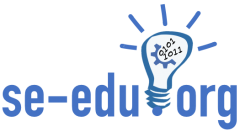by Cécile Péraire and Stephan Krusche
The Third International Workshop on Software Engineering Education for the Next Generation (SEENG 2021) was held remotely on May 24, 2021. The workshop was an integral component of the Joint Track on Software Engineering Education and Training (JSEET) at the 43rd IEEE/ACM International Conference on Software Engineering (ICSE). It specifically supported the JSEET’s theme of Educating the Next Generation of Software Engineers:
“Millennials and Generation Z have been dominating higher education programs for some time. In a decade, our classes will be hosting Generation Alpha. We have all noticed that these cohorts have unique needs and different learning styles, social behaviors, and skills. With their increasing mobility, our classes will become more and more diverse. Our students will become increasingly collaborative, socially aware, tech-savvy, multi-disciplinary, and interested in emerging technologies. How shall the software industry capitalize on the mix of qualities that the new breed of software engineers will possess? How shall software engineering educators effectively and equitably cater to the students’, society’s, and industry’s evolving and diverse interests while ensuring that the next generation of software engineers learn the timeless principles, have a firm grounding in both software engineering theory and practice, behave responsibly, and make a positive contribution to the society?”
Following the First International Workshop on Software Engineering Curricula for Millennials (SECM 2017) and Second International Workshop on Software Engineering Education for Millennials (SEEM 2018), our goal in this third edition was to continue to bring together main stakeholders to discuss the unique needs and challenges of software engineering education for the next generation, including software engineering educators and representatives of STEM education. Building on its predecessors, the workshop used a highly interactive format, structured around short presentations to generate discussion topics, an activity to select the most interesting topics, and structured breakout sessions to allow participants to address those topics.
We solicited position papers addressing a variety of related topics that include: software engineering education for new and emerging technologies; novel approaches to designing software engineering curricula; skills and continuing education for software engineering educators; classroom formats that cater to diverse learning styles; teaching approaches that leverage technology-enhanced education in software engineering courses; balancing teaching of soft and hard skills; rigor and practicality in software engineering education; and experience in educating students in software engineering programs.
The diverse international program committee consisted of 21 software engineering educators and researchers from academia and industry across 12 different countries. The submission process was competitive. Each paper was evaluated by at least 3 reviewers. Eight position papers out of 20 submissions were accepted (40% acceptance rate). The contributions span a variety of topics, including project-based courses, teaching design by contract, software testing approaches, student feedback and assessment practices, and more.
The ulterior motive with this third edition of SEENG was to continue to grow a community excited about and dedicated to serving the next generation of students. 26 participants registered to the workshop and 18 of them joined via Zoom to share their thoughts, insights, and experiences, seek and offer advice on pedagogical methods that work, and explore collaboration opportunities on new software engineering education initiatives.
The workshop agenda was based on the structure and practices proposed in Designing Interactive Workshops for Software Engineering Educators with some adaptations for a remote setting, including the use of an online collaborative whiteboard platform called Miro.
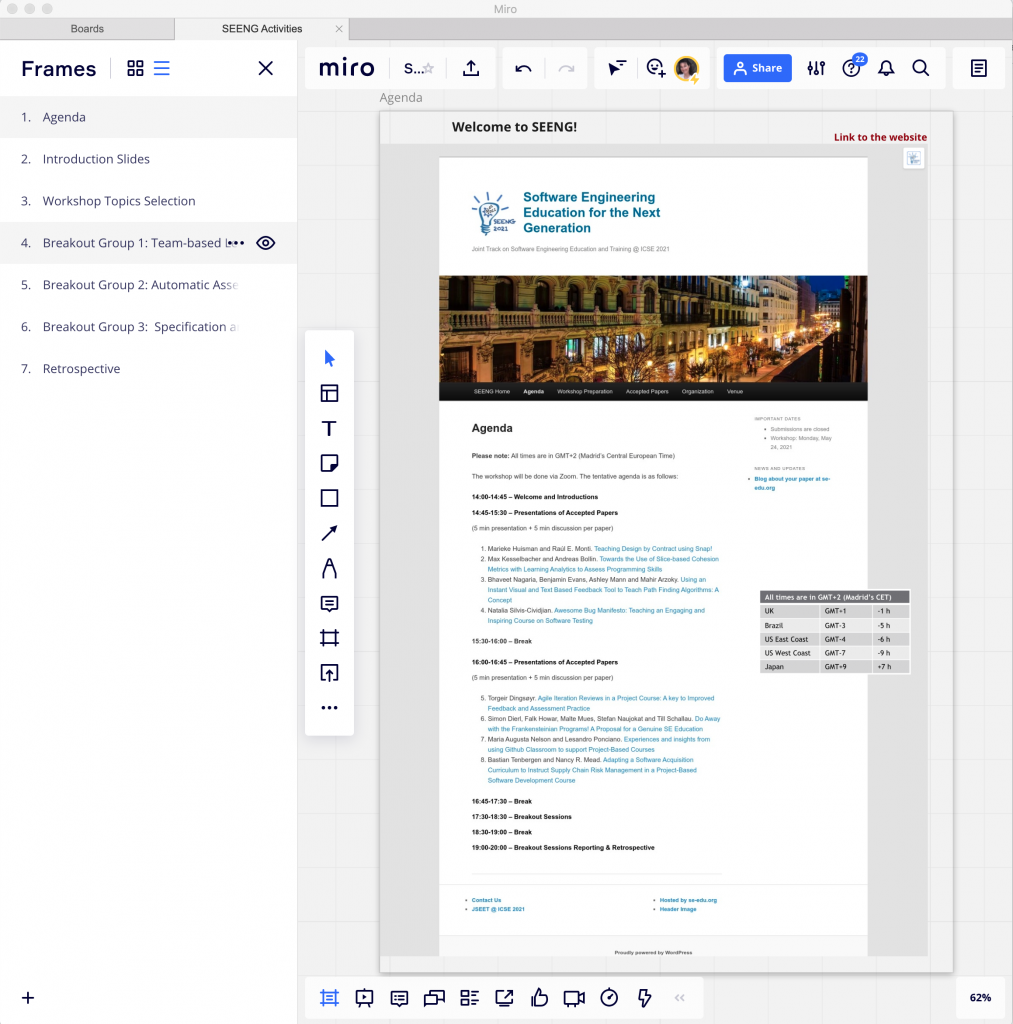
The workshop started with a brief introduction of all the participants using visual slides.
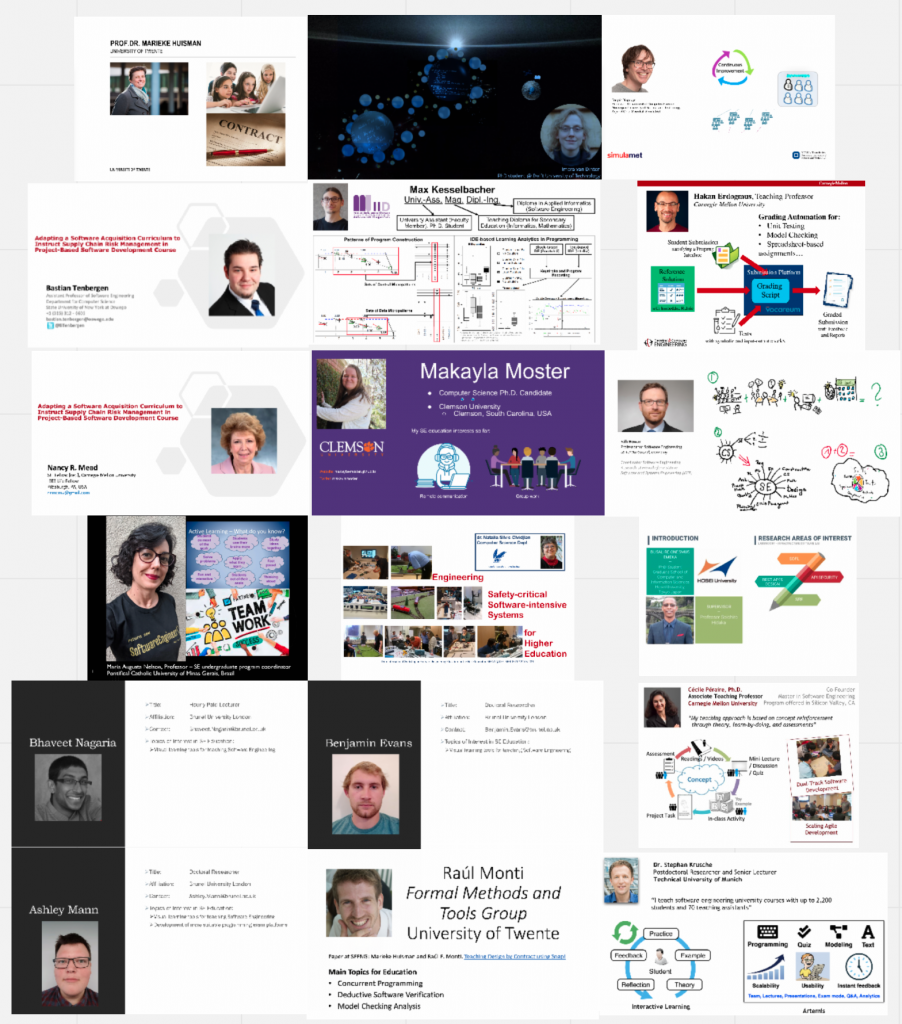
It continued with a series of brief 5-minute presentations of the accepted papers to remind everyone of the problems we face, and learn how others have been solving those problems. To identify common interests, participants were asked to capture any interesting insights from the presentations on virtual post-it notes in Miro.
Based on the insights gathered during the presentations, we then performed an affinity mapping activity to identify and select discussion topics. The topics that emerged as of most interest to the participants were: Team-based Learning, Automatic Assessment, and Specification and Verification.
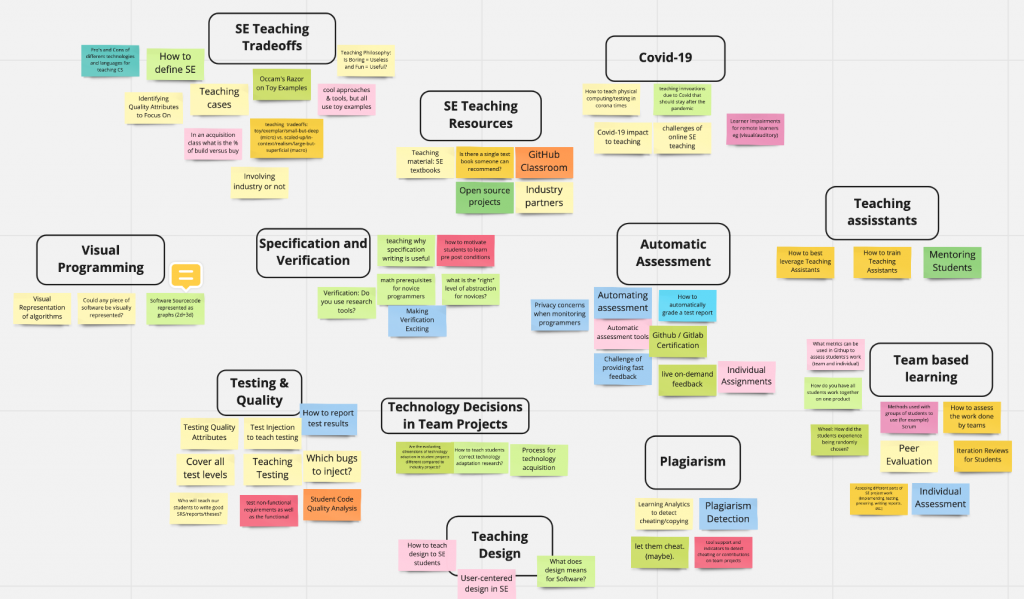
Participants were then divided into breakout groups to discuss the selected topics further. For each topic (Team-based Learning, Automatic Assessment, and Specification and Verification), the breakout group participants were asked to define a Big Hairy Audacious Goal (BHAG), or very ambitious goal. For their BHAG, group participants created a Mind Map to brainstorm WHAT success looks like and HOW to achieve success. Finally, each breakout group presented its mind map to all the workshop participants. Here are the resulting mind maps.
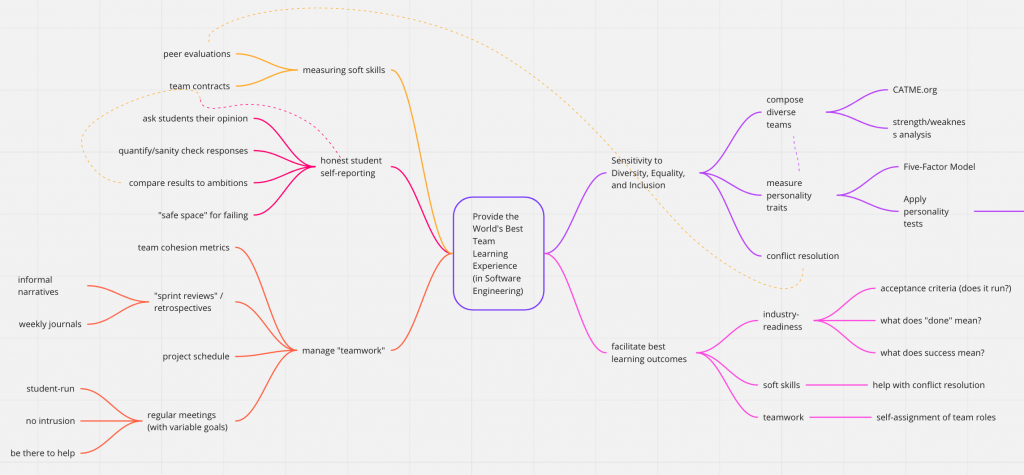
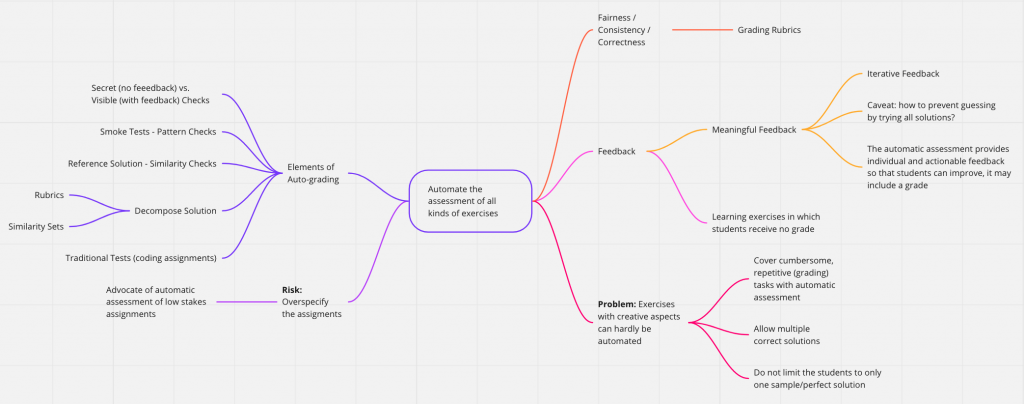

We closed the workshop with a retrospective and identification of future action items.
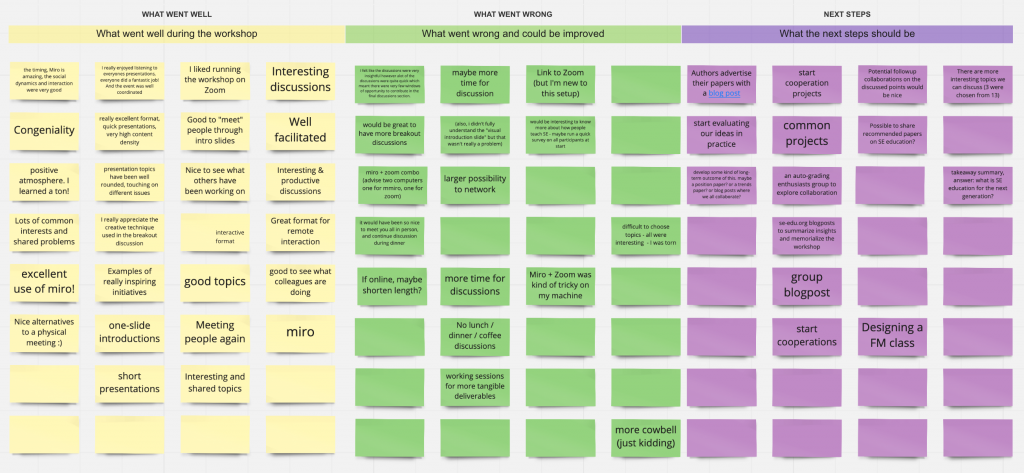
The feedback was overwhelmingly positive, with participants appreciating the interactive workshop format, use of the Miro collaboration tool, short presentations, and the opportunity to discuss with peers despite the covid-19 pandemic. The main improvement suggestion was that the discussion period could have been longer. Some of the action items identified included using the workshop’s blog to present the results of the breakout sessions and to summarize and promote the SEENG papers.
Acknowledgment: We would like to thank the program committee members for their work and selection of high-quality papers. We would also like to thank all participants for attending the third edition of ICSE’s software engineering education workshop. The workshop was a success thanks to your enthusiasm, active participation, insights, and experiences.
